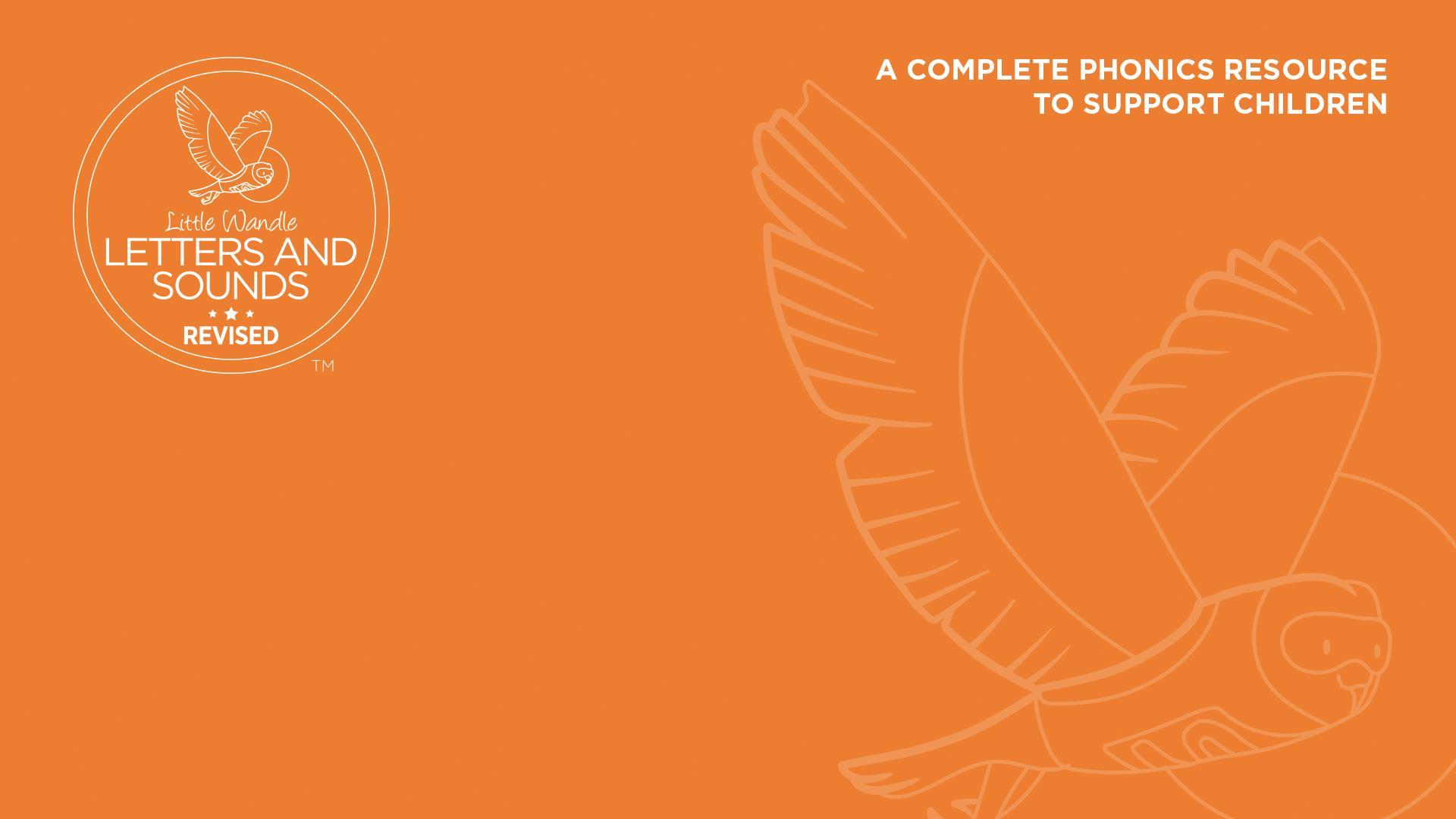

Teach reading: change lives
Parent workshop: Year 1 Phonics Screening CheckA love of reading is the biggest indicator of future academic success.

OECD (The Organisation for Economic Co-operation and Development)
Phonics

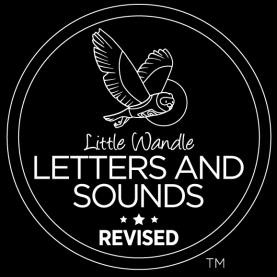
Terminology
Split digraph
 Phoneme
Grapheme
Blend
Digraph
Segment
Trigraph
Adjacent consonant
Phoneme
Grapheme
Blend
Digraph
Segment
Trigraph
Adjacent consonant
The progression

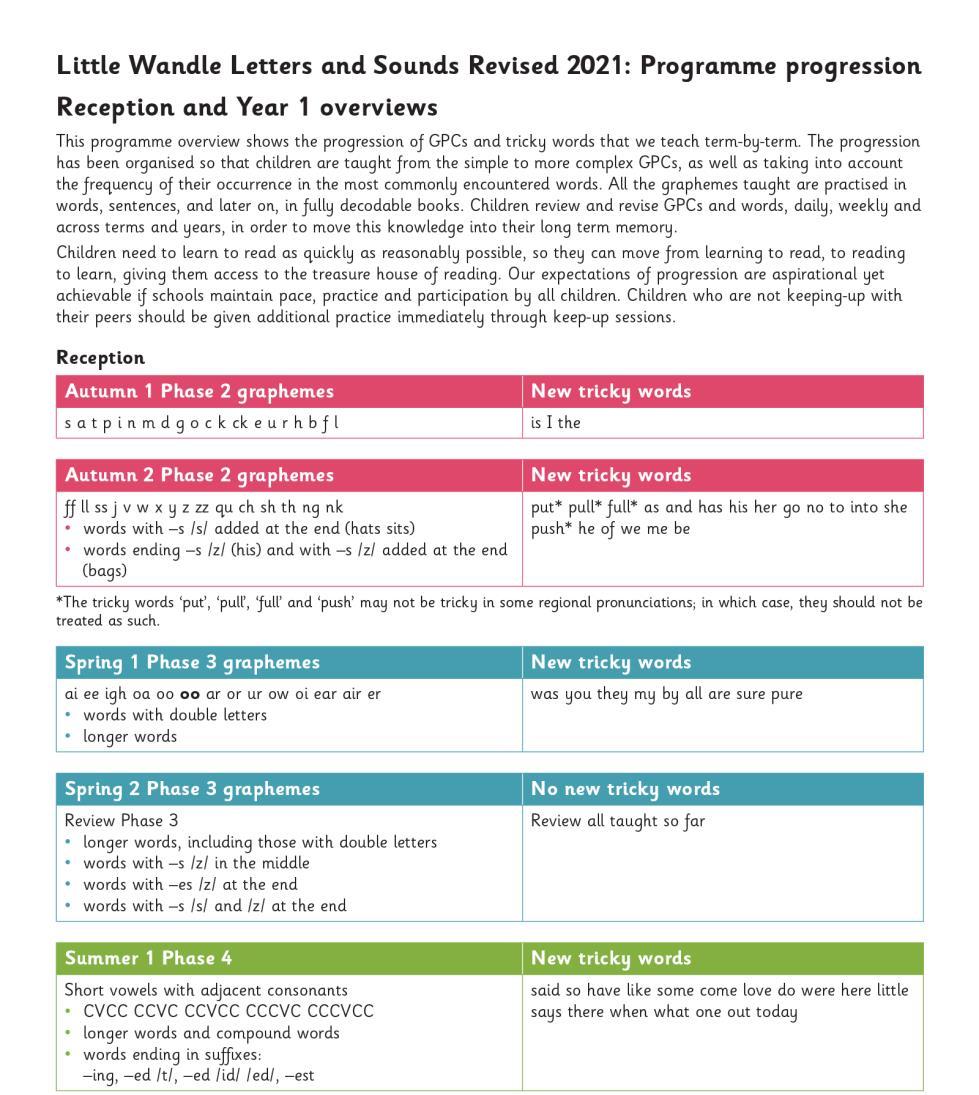
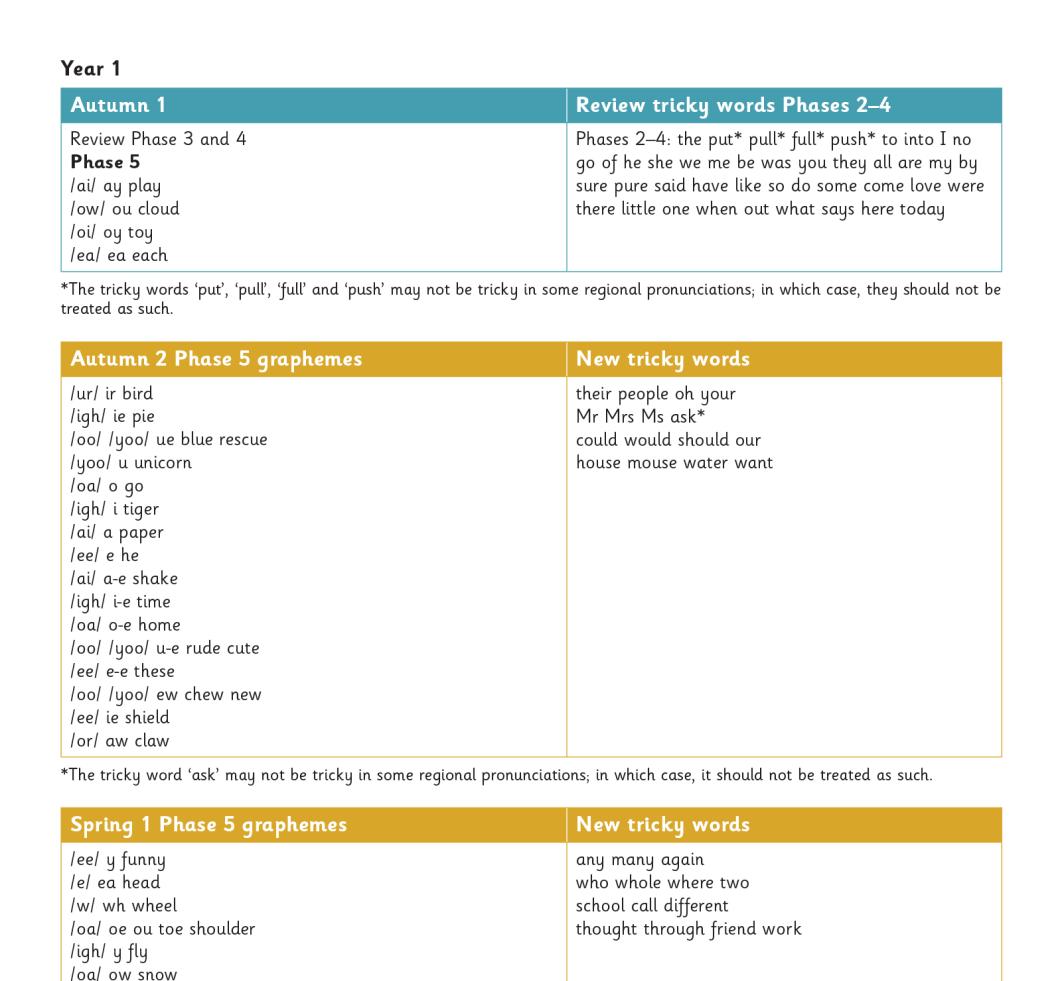


What your child been taught so far
Your child has been taught most of Phase 5, they know:
• new graphemes for the Phase 2 and 3 sounds
• that the same grapheme can have alternative pronunciations.
The ‘Grow the code’ lessons support children with reading and spelling these alternative spellings.

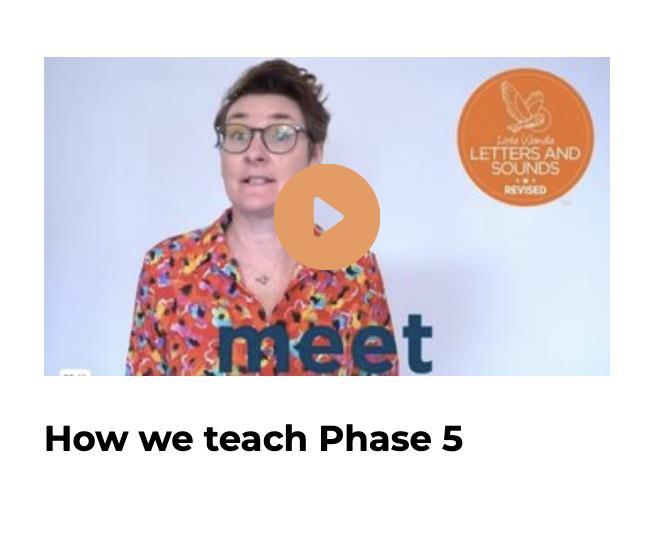
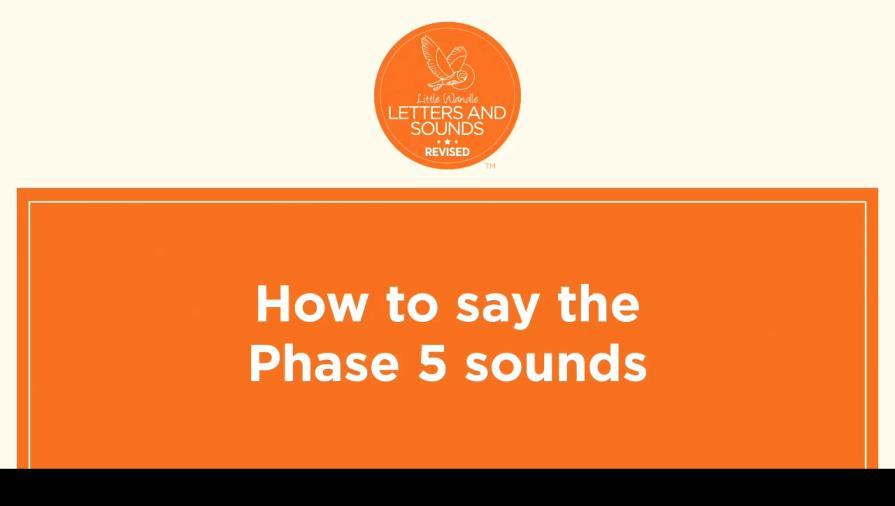
Reading words

Children will be able to:
• blend independently
• blend in their heads with increasing fluency and confidence
• start to distinguish between different phonemes/graphemes.
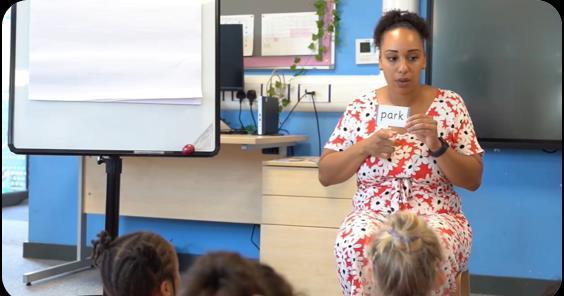


Phonics Screening Check
This term we are preparing for the
Phonics Screening Check
What is the Phonics Screening Check?
• It is a quick check of your child’s phonics knowledge.
• It is not designed to create any stress or anxiety for your child.
• It assesses decoding skills using phonics.
• It consists of 40 words (20 real words, 20 ‘alien words’).
If children do not achieve the required score in Year 1, they will retake the screening at the end of Year 2.

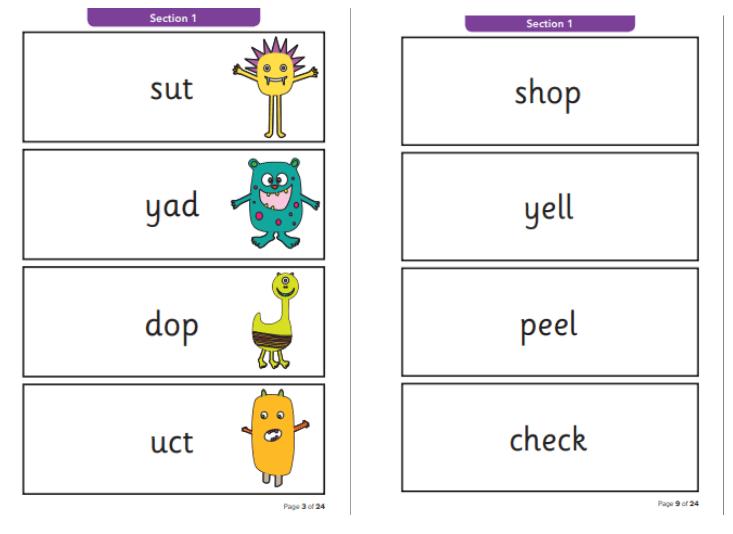
How does the check work?
• Your child will sit with a member of staff that they know.
• They will be asked to read 40 words aloud.
• This takes just a few minutes to complete, but there is no time limit.
• If your child is struggling, the teacher will stop.
• It has been carefully designed not to be stressful for your child.

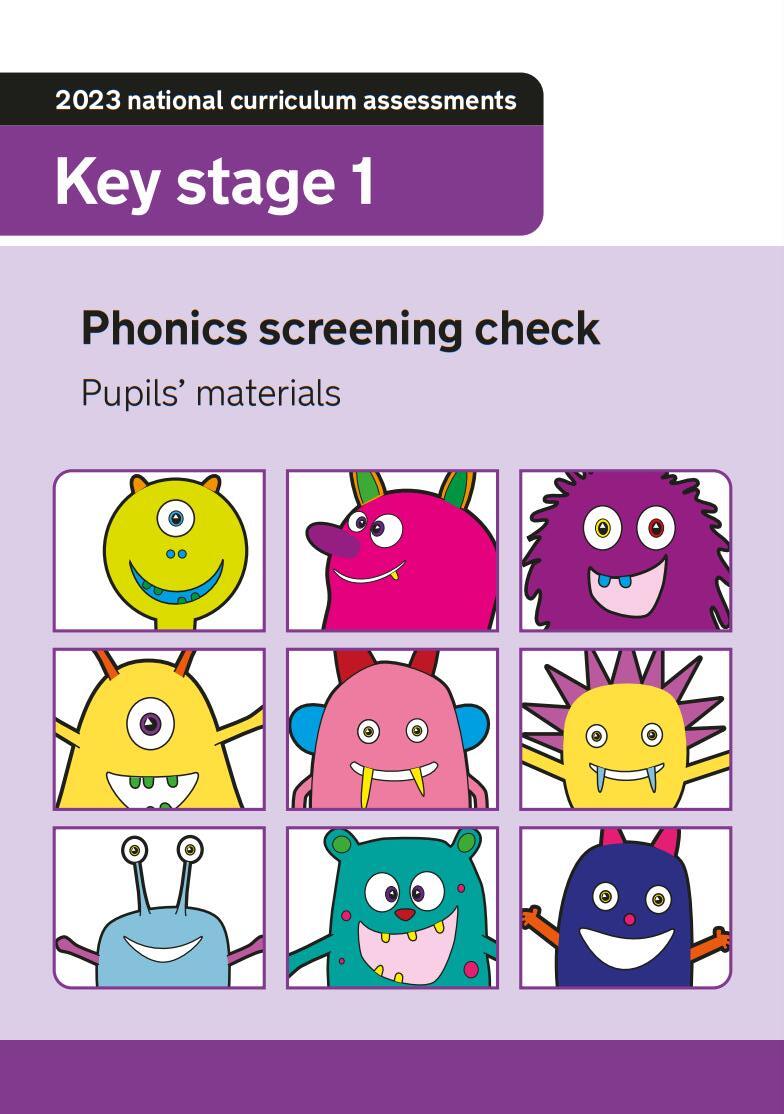
What are ‘alien words’?
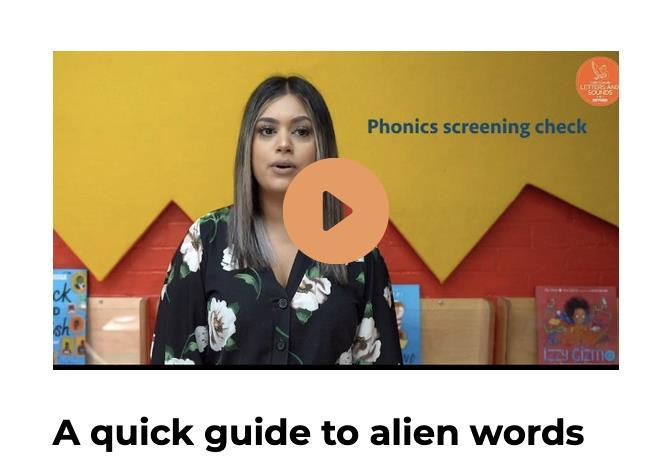
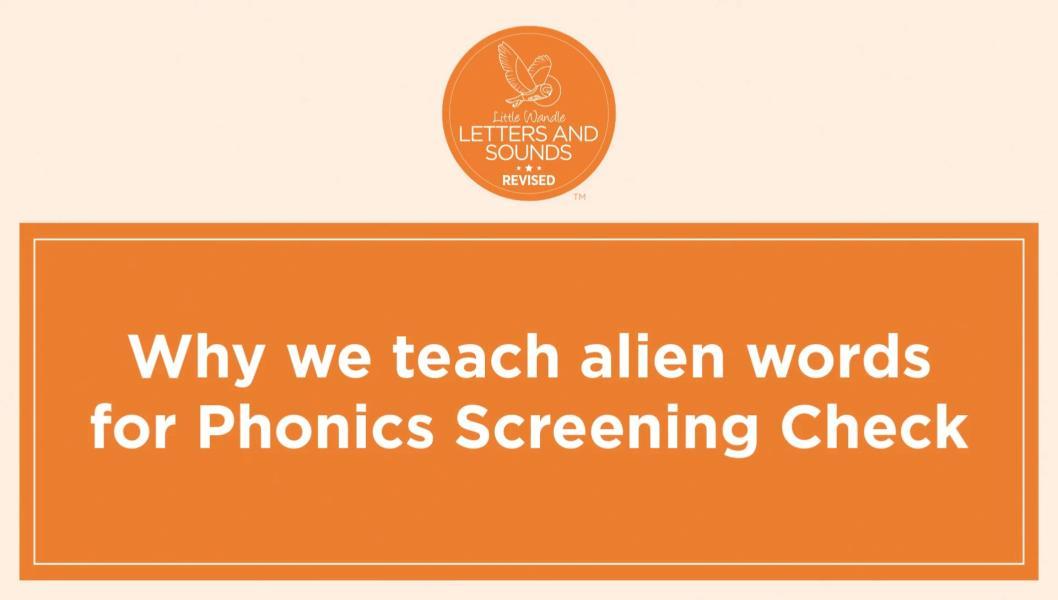


‘Alien words’ recap


• The check will contain 20 ‘alien words’.
• The children will be familiar with alien words and will start to read them this term.
• Alien words assess children’s decoding skills and are used in lessons for the purpose of preparing for the Phonics Screening Check only.
• Children cannot read these words by using their memory or known vocabulary, so they have to use their decoding skills. This is a fair way to assess their ability to decode.
• The Phonics Screening Check will be administered in June.


Reading at home
The most important thing you can do is read with your child

Reading a book and chatting had a positive impact a year later on children’s ability to…
• understand words and sentences
• use a wide range of vocabulary
• develop listening comprehension skills.
The number of books children were exposed to by age 6 was a positive predictor of their reading ability two years later.
 Parental involvement in the development of children’s reading skills: A five-year longitudinal study (2002) Senechal, M. and Lefvre, J
Parental involvement in the development of children’s reading skills: A five-year longitudinal study (2002) Senechal, M. and Lefvre, J
Books going home

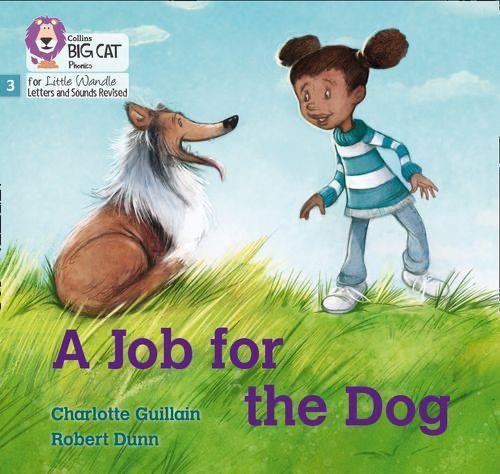



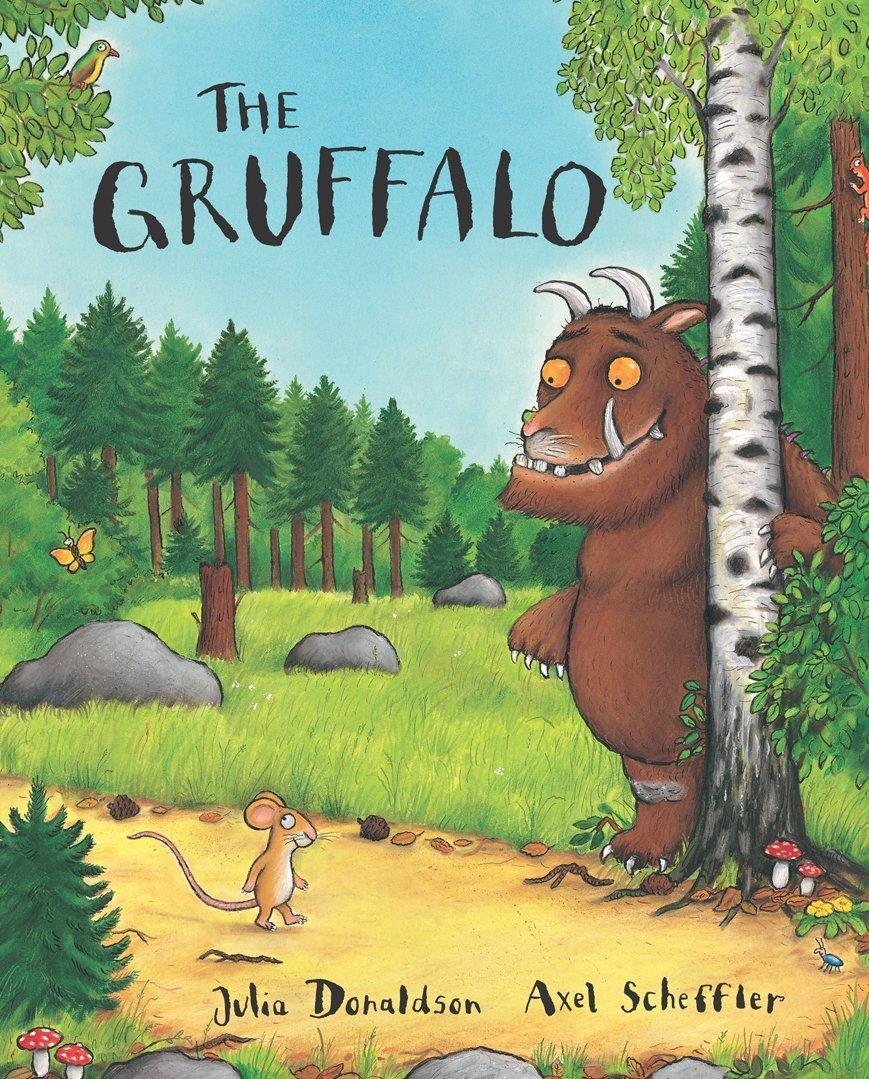
Listening to your child read their phonics book

• Your child should be able to read their book without your help.
• If they can’t read a word read it to them.
• Talk about the book and celebrate their success.

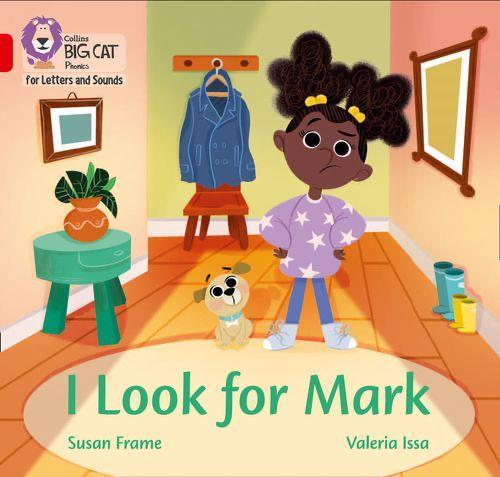

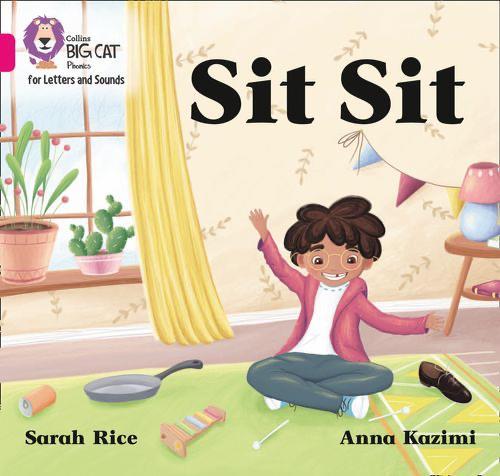
Read to your child
The shared book is for YOU to read:
• Make the story sound as exciting as you can by changing your voice.
• Talk with your child as much as you can:
o Introduce new and exciting language.
o Encourage your child to use new vocabulary.
o Make up sentences together.
o Find different words to use.
o Describe things you see.


Supporting your child with phonics


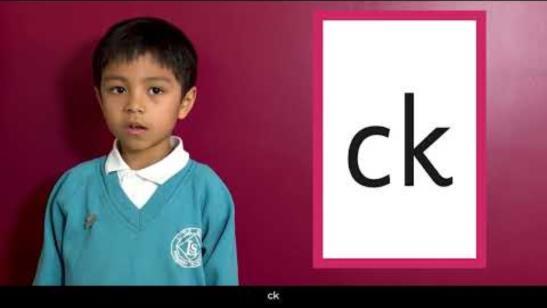
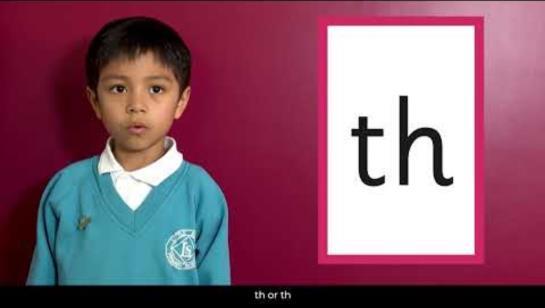
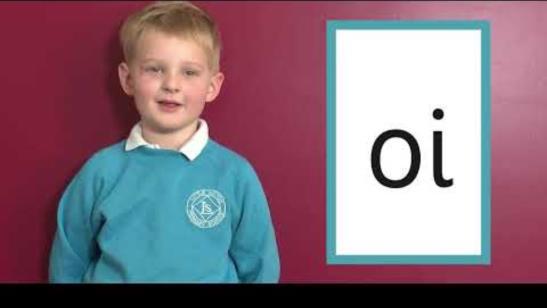

Children are made readers on the laps of their parents.

― Emilie Buchwald
